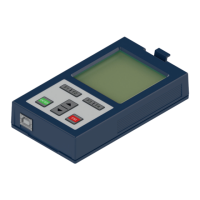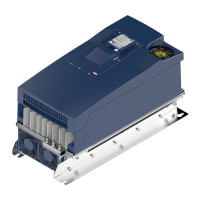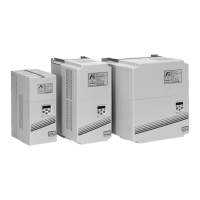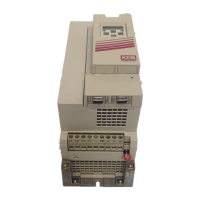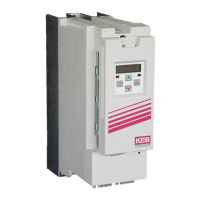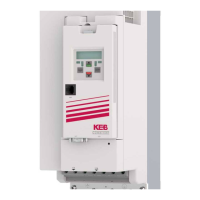For absolute encoders with incremental signals
If the determined deviation between incremental and absolute position is higher
than the value in ec33 (standardisation encoder increments), the incremental posi-
tion is set back to the absolute position via ramp and with filter. If value 4 is set, a
deviation is corrected by a signal period.
This can prevent position deviations, which could be caused by interference pulses
during continuous operation.
Some encoders have speed-dependent a systematic error between absolute posi-
tion and incremental position. Then the position correction function would adjust
the actual (correct) incremental position to the wrong (delayed) absolute value.
This (error) correction would be reversed at low speed, whereby a permanent inter-
vention of the correction function occurs.
This behavior can lead to disturbing influences on the drive and can be prevented
by increasing the minimum position difference from which the position correction
function starts with the correction.
SinCos encoders have a relatively inaccurate analog absolute position. The start
value for the correction must be adjusted correspondingly high (e.g. ec33 = 80).
6.1.6.6 The digital data word
The following parameters are for encoders where the position can be read digitally,
i.e. EnDat, Hiperface, BiSS, SSI, SSI with SinCos. They describe the digital data
word, which contains the position value and possibly also error bits.
The function depends on the encoder type, e.g. whether the encoder has an elec-
tronic nameplate or not.
Resolution of the digital position value ec40 / ec41 singleturn / multiturn res.
Encoders without electronic nameplate, i.e. SSI, BiSS-unidirectional and some
other BiSS variants:
The single and multiturn resolution from the encoder data sheet must be set here
because they cannot be read out.
Only the number of bits that also belong to the position is set here, i.e. no error
bits. The total length of the position value is then ec40 SSI singleturn res. + ec41
SSI multiturn res. .
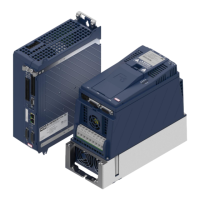
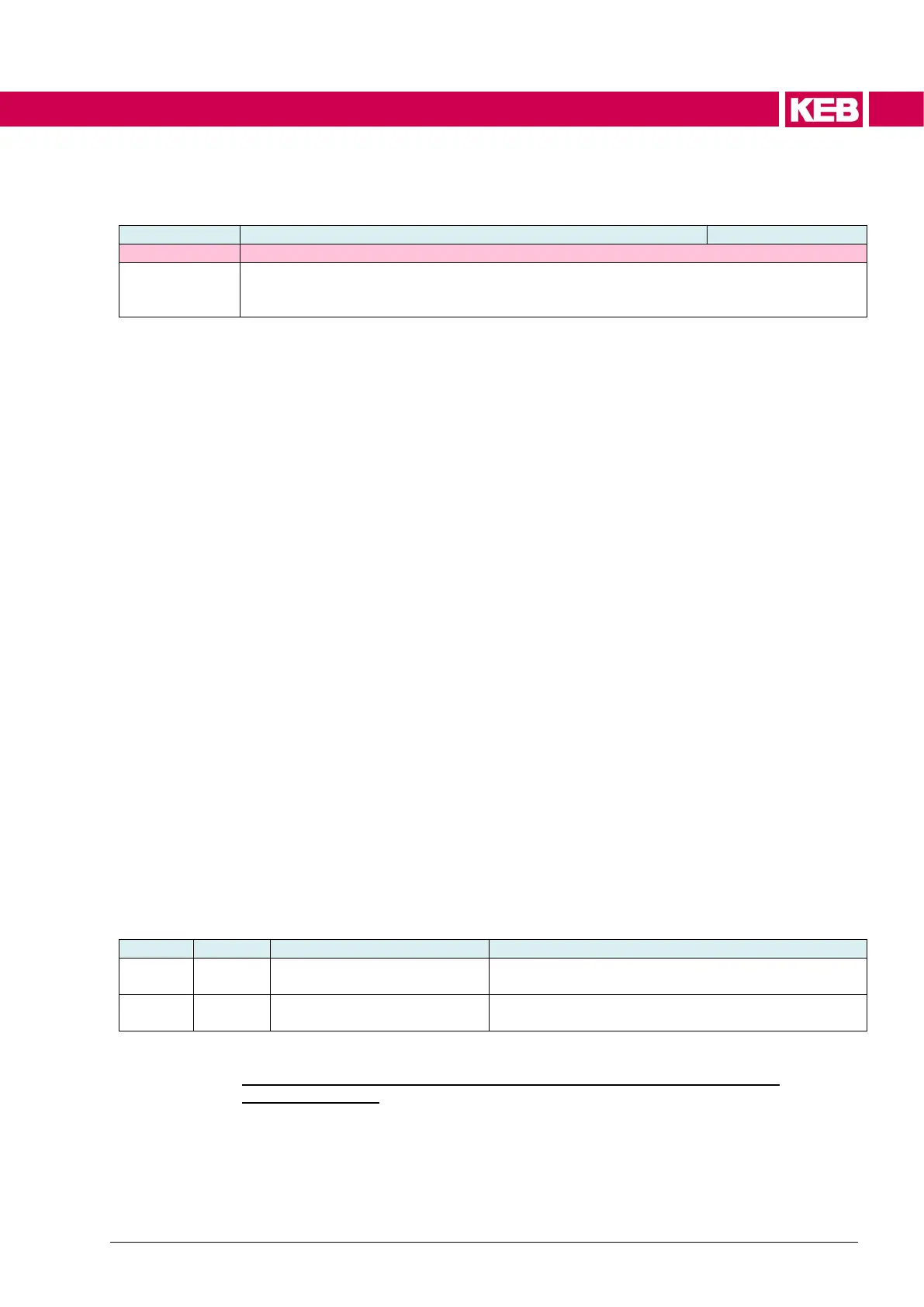